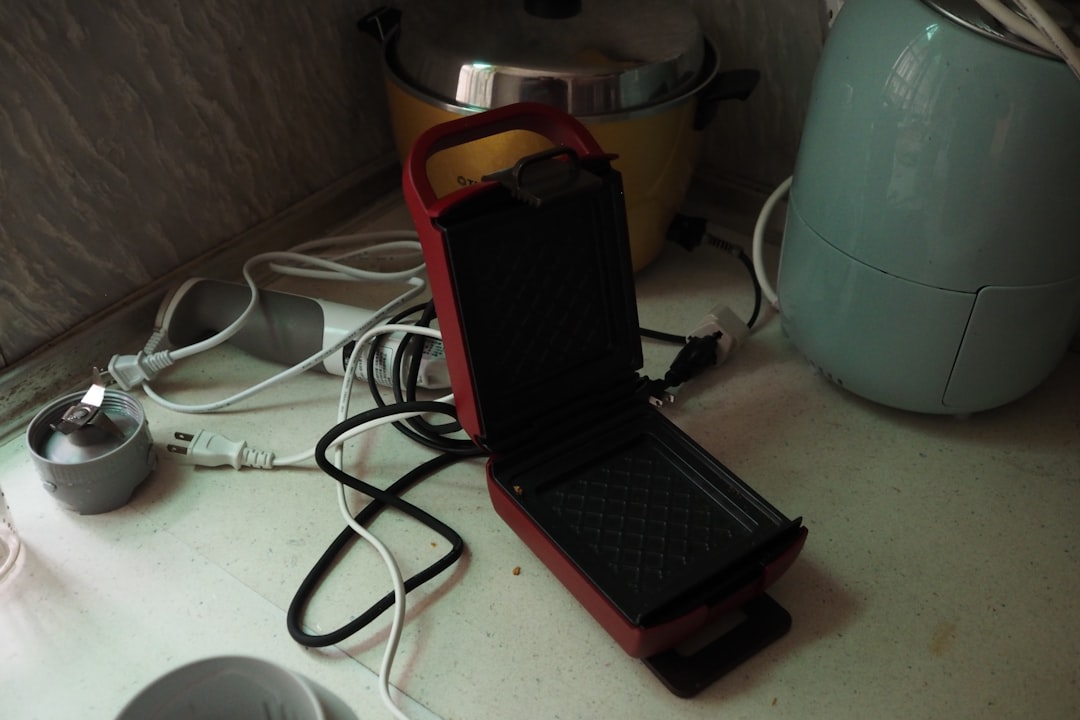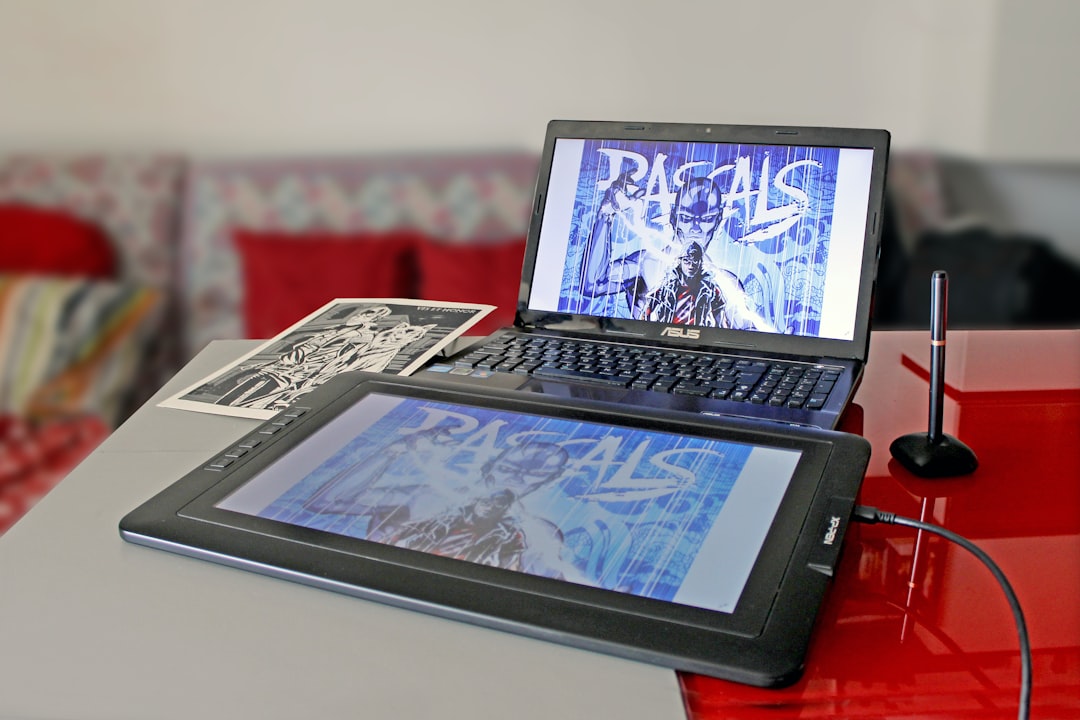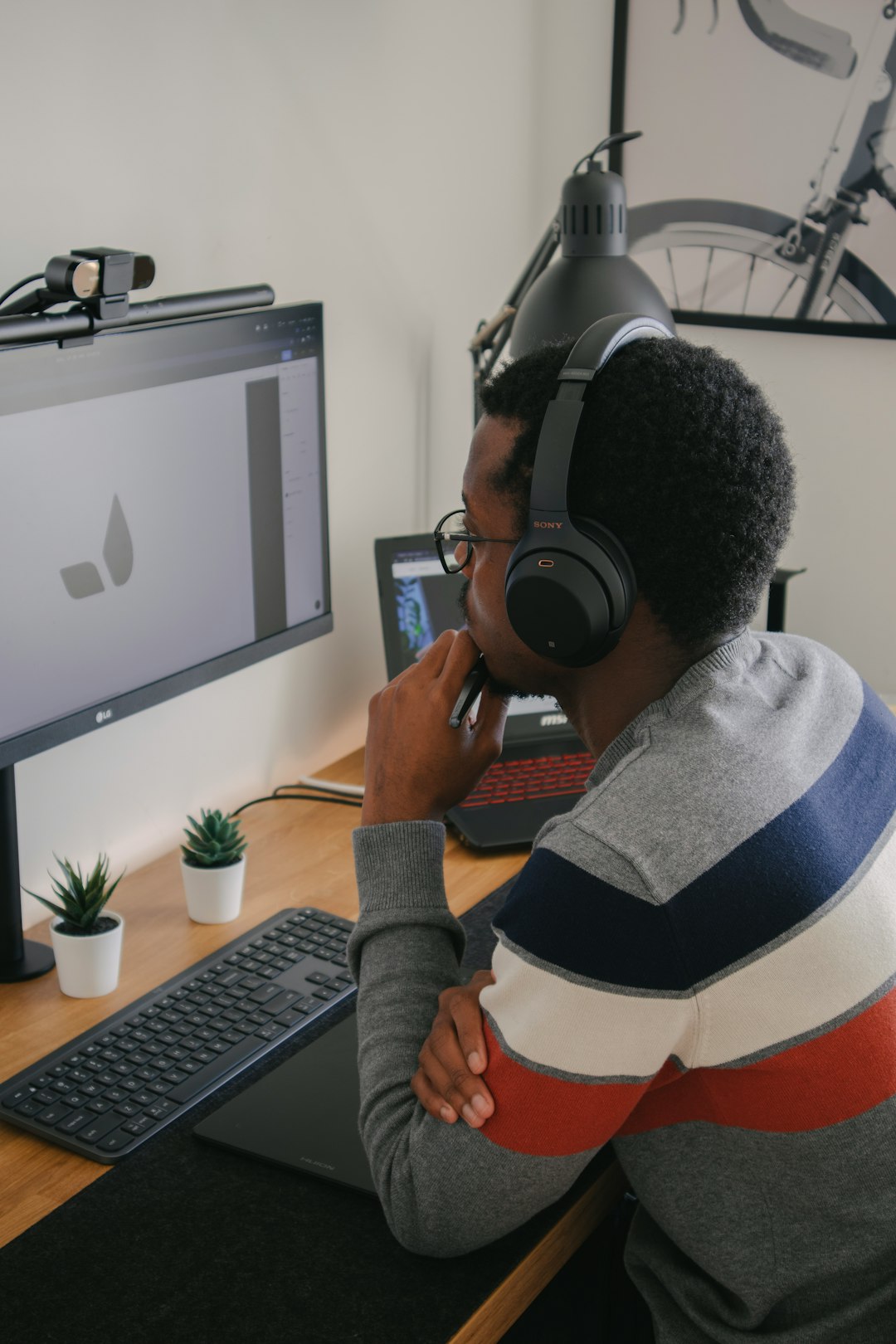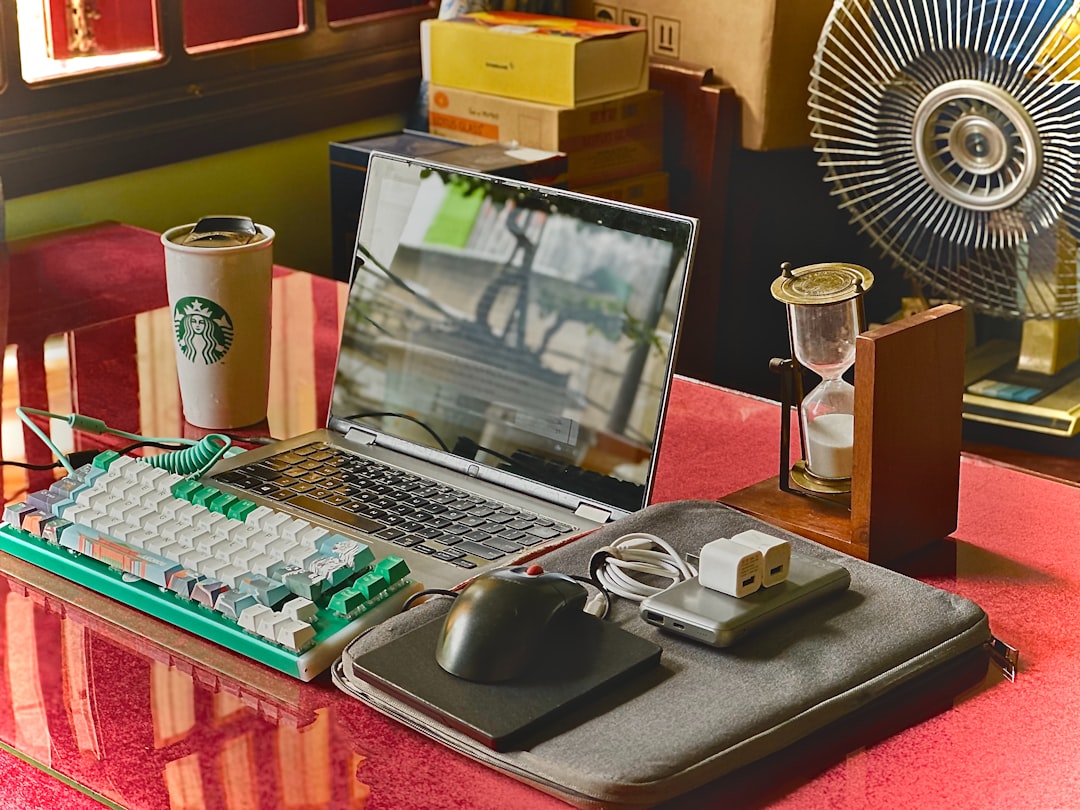
Virtual Reality (VR) gaming offers a stunning, immersive experience that is rapidly shaping the future of interactive entertainment. While desktops have traditionally been the stronghold of VR, a new generation of powerful gaming laptops has emerged, capable of delivering similar experiences with enhanced portability. However, even the best gaming laptop needs a certain level of optimization to run VR content smoothly and reliably. In this article, we will explore how to optimize your gaming laptop for a top-tier VR experience, ensuring both high performance and long-term stability.
Understanding the Demands of VR
VR games and applications are far more demanding than traditional games. A VR headset must render high frame rates (at least 90 FPS) across two displays (one for each eye), with low latency to avoid motion sickness and maintain immersion. This level of performance requires a well-balanced combination of CPU, GPU, RAM, and system configuration.
Before diving into advanced tweaks, ensure that your laptop meets or exceeds the hardware requirements of the VR headset you plan to use (e.g., Oculus Rift, HTC Vive, Valve Index). The minimum specifications generally include:
- Graphics Card: NVIDIA GTX 1060 or AMD Radeon RX 480 (or better)
- Processor: Intel i5-4590 or AMD Ryzen 5 1500X (or better)
- RAM: 8 GB or more
- Ports: HDMI 1.3+, USB 3.0 ports
- Operating System: Windows 10/11
Update Drivers and Software
One of the simplest yet most effective steps to improve VR performance is to regularly update your system’s software:
- GPU Drivers: Always keep your graphics drivers up to date. NVIDIA and AMD frequently release VR-specific driver optimizations.
- Windows Updates: Ensure your Windows operating system is up to date to benefit from security patches and performance improvements.
- VR Headset Software: Update the software and firmware for your VR headset to ensure compatibility and access to new features.
Adjust In-Game and System Settings
To achieve optimal VR performance, you may need to balance visual fidelity with system capability. Start by tweaking these settings:
- Lower VR Resolution: Reduce the render resolution in your VR headset’s settings to decrease GPU load.
- Use Performance Mode: Most headsets and platforms offer performance modes that optimize background services and visuals for better frame rates.
- In-Game Graphics Settings: Disable or reduce intensive effects like dynamic shadows, anti-aliasing, or volumetric lighting.
- Disable V-Sync: Some VR platforms manage frame timing internally. V-Sync can cause stuttering or latency.
Where possible, enable features like NVIDIA’s DLSS (Deep Learning Super Sampling) for supported games, which improves performance while preserving image quality.
Manage Thermal Performance
Laptops naturally have thermal constraints compared to desktops. High temperatures can cause thermal throttling, reducing your CPU or GPU performance during critical VR moments.
Here are some steps to manage thermals effectively:
- Use a Cooling Pad: A quality cooling pad improves airflow and reduces internal temperature.
- Clean Fan Vents and Internals: Dust buildup restricts airflow. Clean your laptop’s vents regularly.
- Control Ambient Room Temperature: Play in a cool, well-ventilated space to reduce the load on internal cooling systems.
- Adjust Power Settings: Make sure your laptop is set to “High Performance” mode in the Windows Power Options to prevent the CPU or GPU from underclocking.

Optimize Startup and Background Processes
Unnecessary background applications consume system resources and interfere with VR performance. Follow these tips to keep your system clean and focused:
- Disable Startup Programs: Use the Task Manager (Ctrl+Shift+Esc) to disable non-essential programs from auto-starting.
- End Background Tasks: Before launching VR, close applications like browsers, media players, or file-syncing services.
- Use Game Mode: Windows 10 and 11 feature a Game Mode that prioritizes system resources for gaming applications.
- Check for Malware: Run regular antivirus scans to ensure your laptop isn’t being bogged down by malicious software.
Leverage External Accessories
While your laptop acts as the VR gaming engine, the experience can be significantly enhanced with additional hardware:
- External GPU (eGPU): If supported, an eGPU can provide a desktop-class performance boost to your laptop, extending its VR capabilities.
- High-Speed USB Hubs: Many VR headsets require multiple USB ports. A powered USB 3.0 hub ensures connectivity without performance loss.
- VR-Optimized Routers: Wi-Fi 6 routers improve wireless VR experiences, especially if you’re using wireless-reliant headsets like the Meta Quest series.
Use VR Performance Monitoring Tools
Reliable data helps optimize performance intelligently. Use tools like:
- FPSVR: Easily monitors frame rate, CPU, and GPU usage within SteamVR.
- NVIDIA GeForce Experience: Offers VR-specific performance metrics and optimization suggestions.
- OpenXR Tools: Useful for developers and advanced users who want to debug and optimize OpenXR-based VR games.
These tools help identify whether performance issues are due to CPU bottlenecks, GPU overload, or disk latency so you can make targeted optimizations.

Regularly Reboot and Maintain System Health
Regular reboots help clear temporary files and release memory. Additionally, consider the following health practices:
- Defragment HDDs: If you’re still using hard drives, periodic defragmentation improves load times. SSDs don’t require defragging.
- Update BIOS and Firmware: Manufacturers sometimes release firmware updates that improve compatibility and performance.
- Reinstall Windows: If your gaming laptop’s been around for years, a clean Windows install can sometimes be the fastest way to restore full performance.
Future-Proofing and Considerations
VR is evolving rapidly, and newer titles will demand even more from hardware. To sustain VR performance in the future:
- Choose Laptops with Upgradeability: Some models allow for RAM and storage upgrades.
- Consider Software Platforms: Stay informed about SteamVR, Oculus, and OpenXR to benefit from the latest functionalities and compatibility improvements.
- Offload When Possible: Cloud VR and streaming technologies may offer ways to reduce local demand in the future.
Also, keep an eye on new standards like DisplayPort 2.0 or USB4, which will be essential for next-generation VR headsets.
Conclusion
Optimizing a gaming laptop for VR isn’t just about hardware — it’s about thoughtful preparation and continuous maintenance. By updating drivers, tuning system settings, managing cooling, and using performance monitoring tools, you can transform a capable gaming laptop into a powerful VR machine.
While it may take time to fine-tune everything, the resulting increase in performance, stability, and enjoyment will make the effort worthwhile. Whether you’re exploring alien worlds, simulating expert-level racing, or immersed in virtual social spaces, a well-optimized laptop ensures you get the most out of your VR investment.







